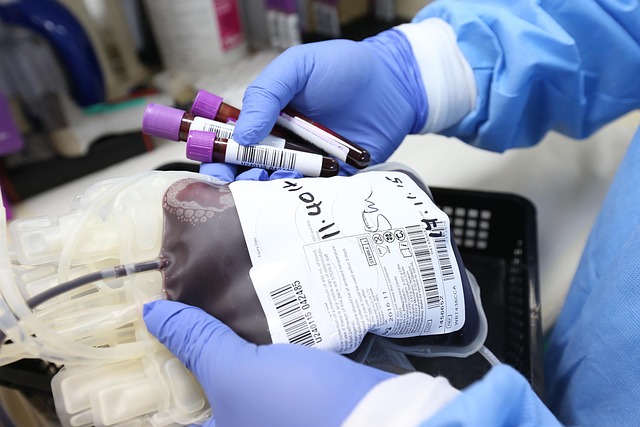Shining a Light on Photobiomodulation: The Therapeutic Use of Light in Health and Wellness
Have you ever considered how light might impact your health beyond providing vitamin D? Enter photobiomodulation (PBM), a form of light therapy that is paving the way for unique health benefits. This article will delve into the historical context, scientific evidence, and potential benefits of this innovative wellness strategy.

Delving into the Past: The History of Photobiomodulation
The therapeutic use of light isn’t a new concept. Ancient Egyptians worshipped the sun as a source of healing, while Hippocrates, the father of medicine, used sunlight to treat various ailments. However, the term photobiomodulation was coined only in the late 20th century, following a series of groundbreaking experiments that revealed the potential of light therapy in promoting cell growth and tissue repair.
The Science Behind Photobiomodulation
Photobiomodulation involves the use of red or near-infrared light to stimulate, heal, regenerate, and protect tissue that has either been injured, degenerated, or at risk of dying. The process works on a cellular level, with light photons absorbed by the mitochondria – the powerhouses of our cells. This absorption triggers a series of biological reactions that can lead to decreased pain and inflammation, and increased tissue regeneration and healing.
Current Trends and Insights in Photobiomodulation
Today, PBM is used in a variety of medical fields, including dentistry, physical therapy, and dermatology. It’s particularly gaining traction in sports medicine, with athletes using PBM for faster recovery and enhanced performance. Research-driven recommendations suggest that PBM may be a viable treatment for conditions like arthritis, fibromyalgia, and even certain neurological disorders.
The Pros and Cons of Photobiomodulation
While PBM shows promise, it’s essential to recognize its challenges. The optimal light wavelength, dose, and treatment frequency are still under investigation, and effects can vary based on individual characteristics like skin type. Moreover, while PBM devices are available for home use, their effectiveness compared to professional treatments is unclear. However, the potential benefits – like non-invasiveness, minimal side effects, and broad applicability – make PBM a noteworthy wellness strategy.
Light Up Your Health: PBM Insights
-
PBM can potentially improve skin health, reducing signs of aging and aiding in the treatment of conditions like acne and psoriasis.
-
It may also help in managing mental health disorders. Studies show potential benefits in treating depression and anxiety.
-
PBM isn’t just for humans – it’s also used in veterinary medicine to aid in the healing of wounds and to manage chronic conditions in animals.
Closing Thoughts
Photobiomodulation, though not a new concept, is gaining recognition as a versatile and promising wellness strategy. While more research is needed to fully understand its potential and limitations, the existing scientific evidence suggests it can play a significant role in managing a variety of health conditions and enhancing overall wellness. As we continue to explore and understand the therapeutic uses of light, we may find new ways to illuminate our path to better health.




